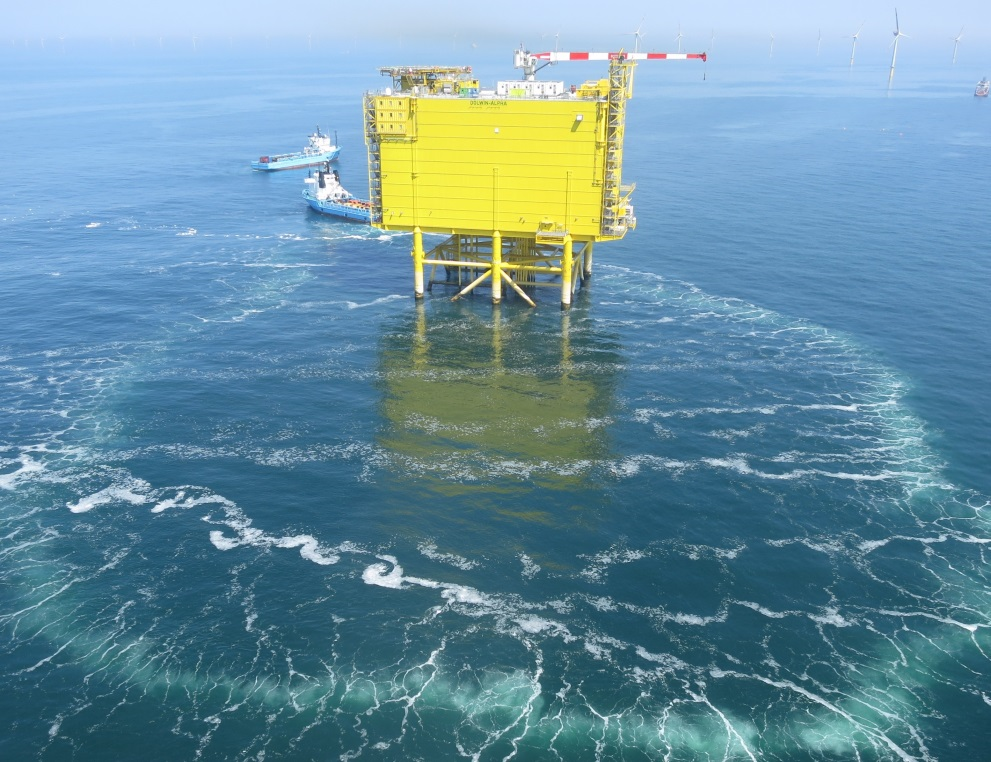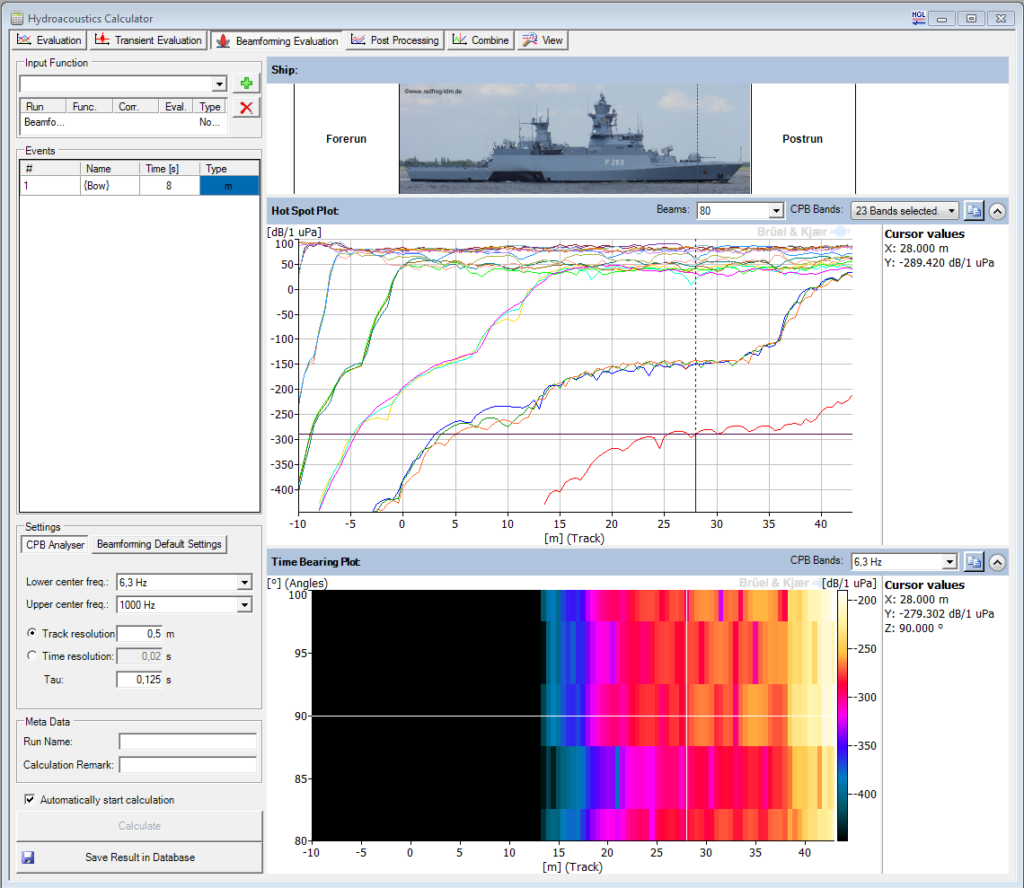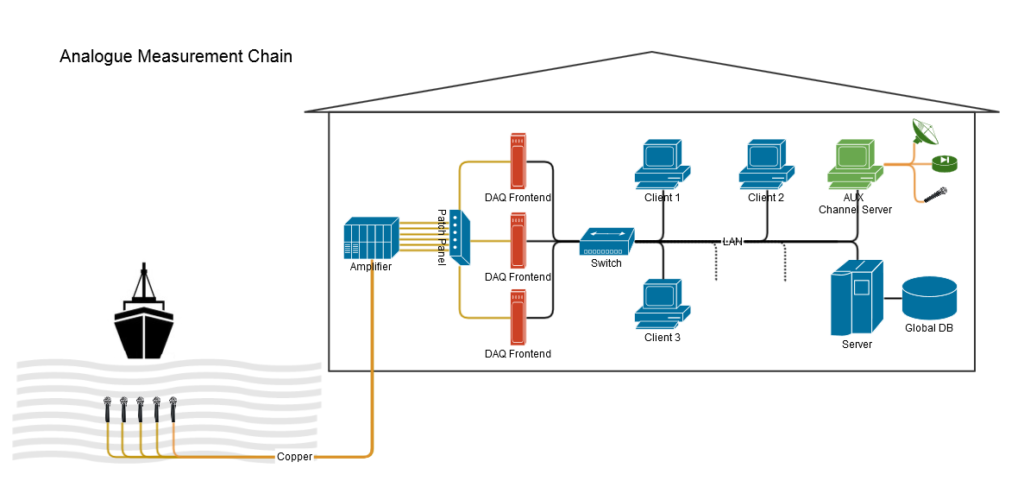Hydroacoustics
For many years Maul-Theet develops hydroacoustic measurement systems to aquire and qualify ship noise.
Another business area is monitoring of noise-reducing measures during offshore pile driving.
We offer our customers the orgaization and implementation of:
Underwater noise measurements according to ISO and BSH standards
Preparation and analysis of the measured data
Reporting and Documentation
Assessment of noise reducing measures
Solution for typical hydro acoustic ship measurement & evaluation for classification purposes |HyA
Hydroacoustics is a comprehensive solution for typical hydro acoustic ship measurement & evaluation for classification purposes. It covers the customer site setup with different measurement places and their hydrophones, including the spectral corrections from the calibration routines. Additionally the system can be used mobile onboard (local database) with automatic data synchronization to the central database when coming home to the base measurement site.
All meta data like ship data, hydrophone data as well as all measurement and evaluation data go into the same data base and is therefore available throughout the complete measurement and evaluation process. The network based server/client design allows an (almost) unlimited number of measurement and evaluation clients working at the same time, as all are accessing the same data base through the local area network (LAN). Using the transport database functionality subsets of meta data, and measurement and evaluation data can be exchanged between different databases. At all measurements and online calculations, like Octave- and FFT-Spectra, in parallel the time signals of the hydrophones can be recorded and saved to the database. Special displays and dedicated views allow highly efficient data quality control during the measurements.
At the Hydroacoustics Calculator, from the Hydroacoustics Database the data can easily be dragged by mouse to the various analysis. There is Spectral Evaluation, Transient Analysis, Post Processing, Combine and Beamforming that can be applied on the data. The recorded time signals can be played back in order to be analyzed again or in a different way.




